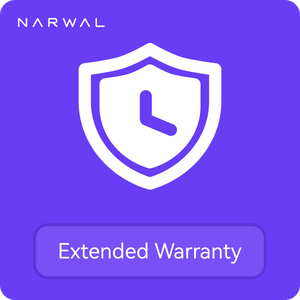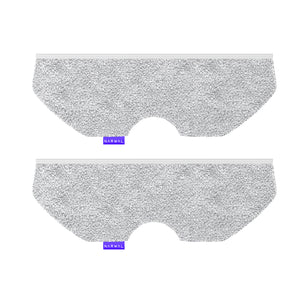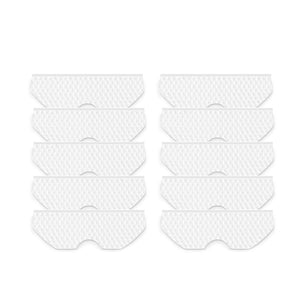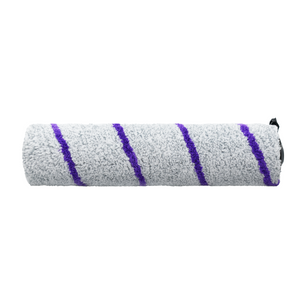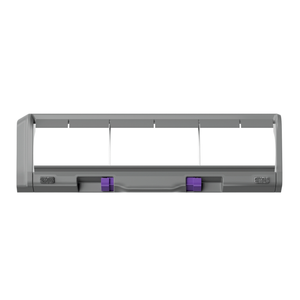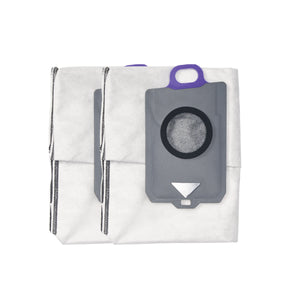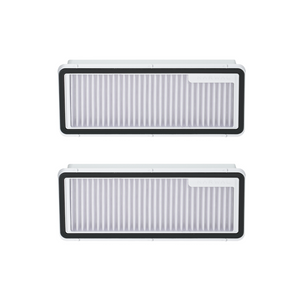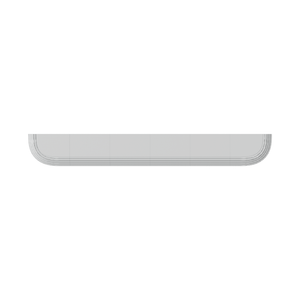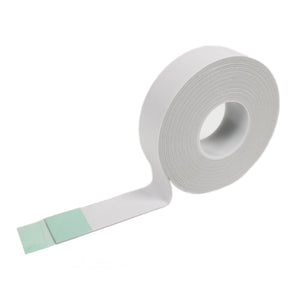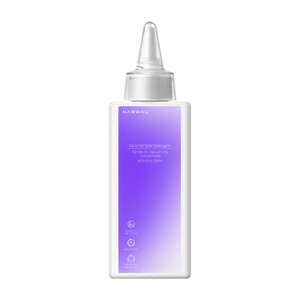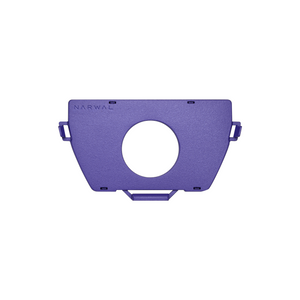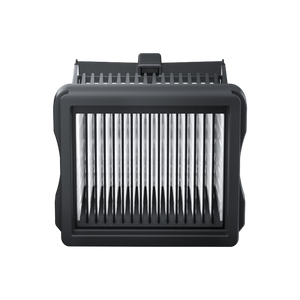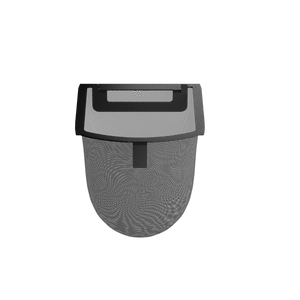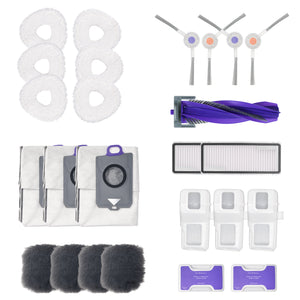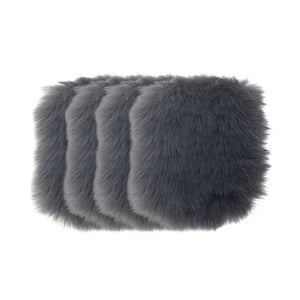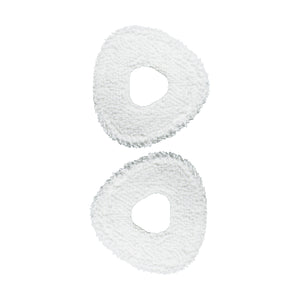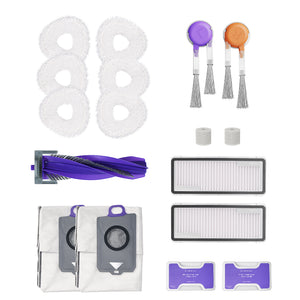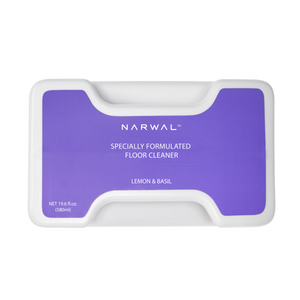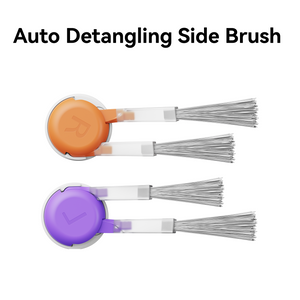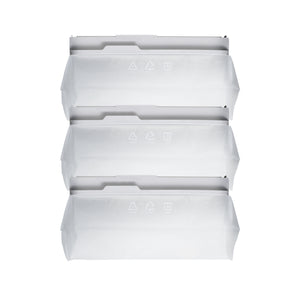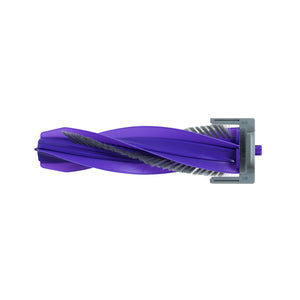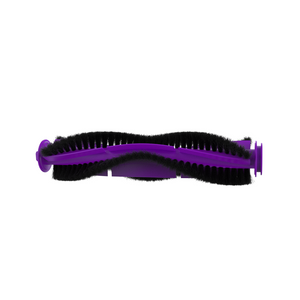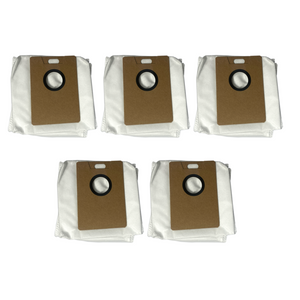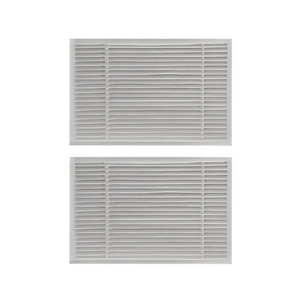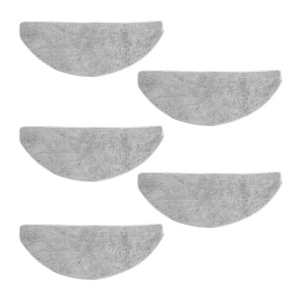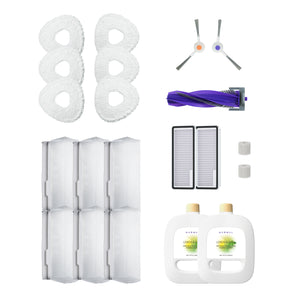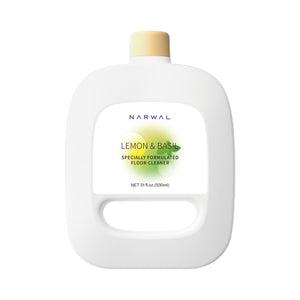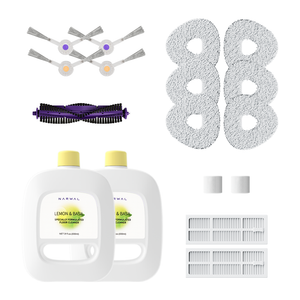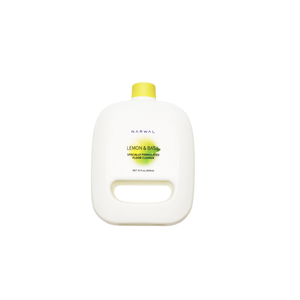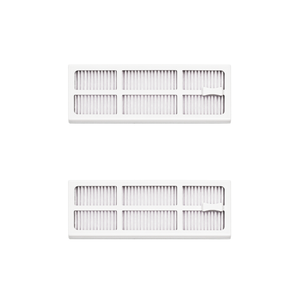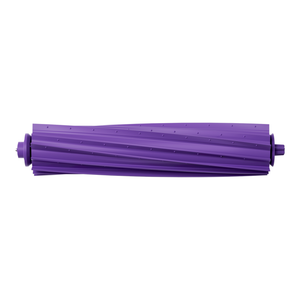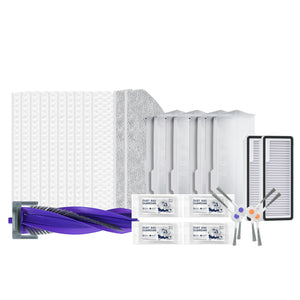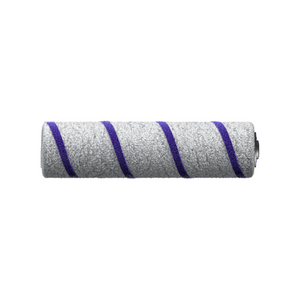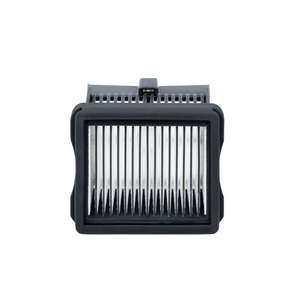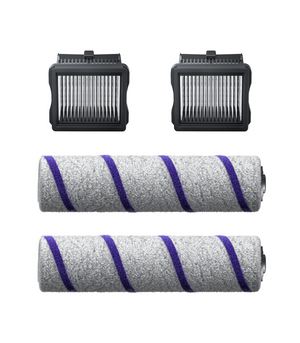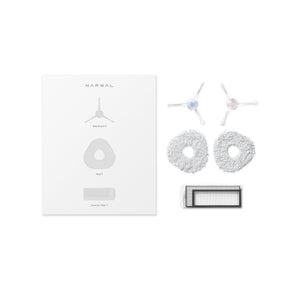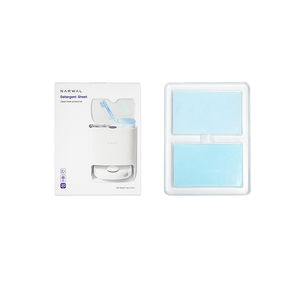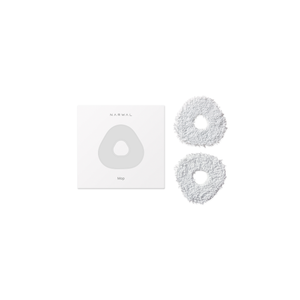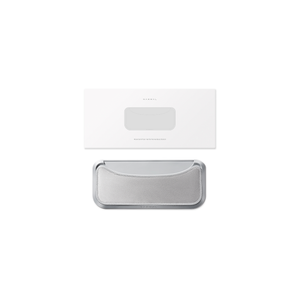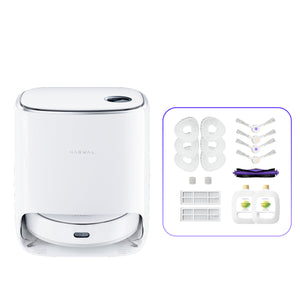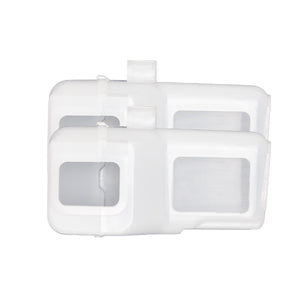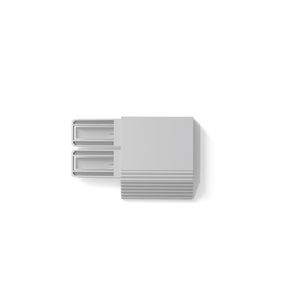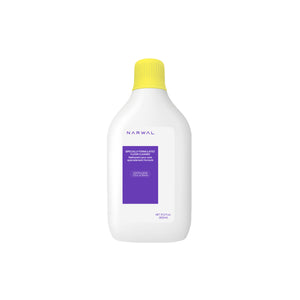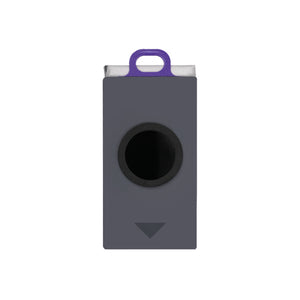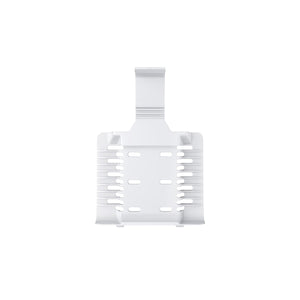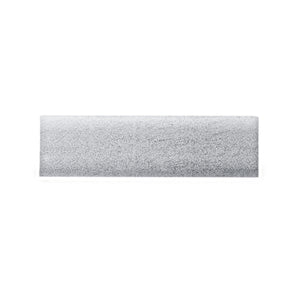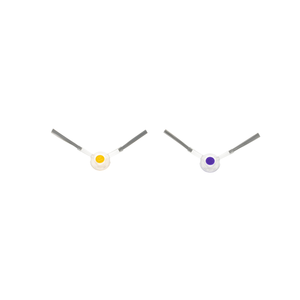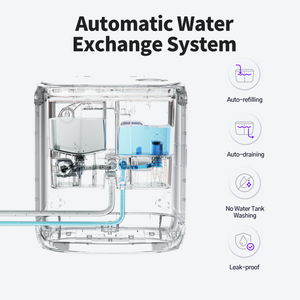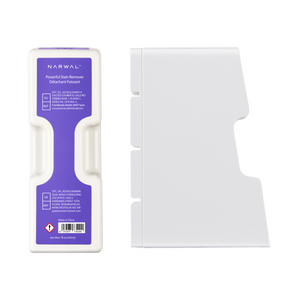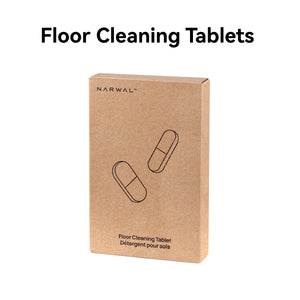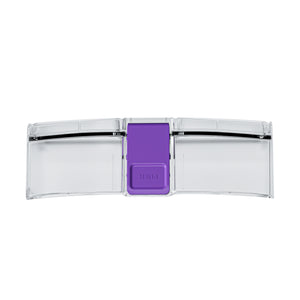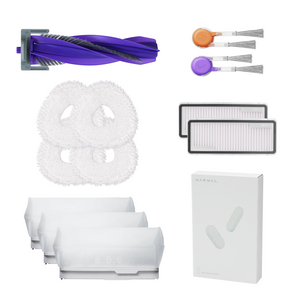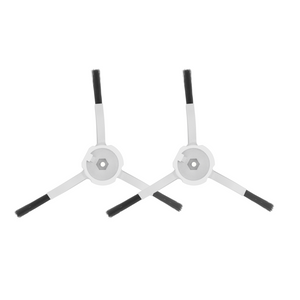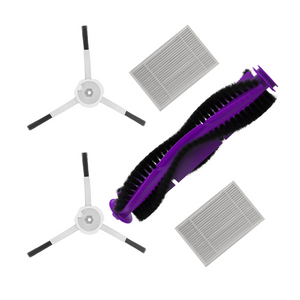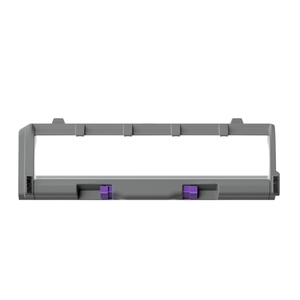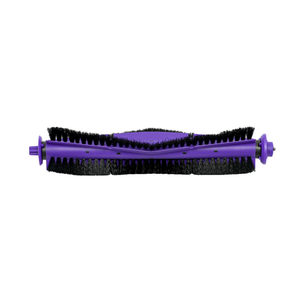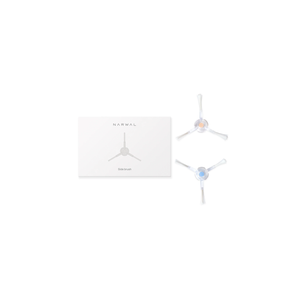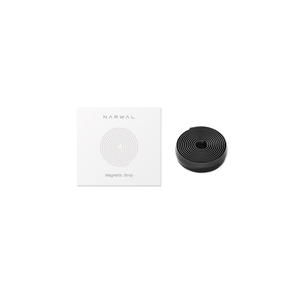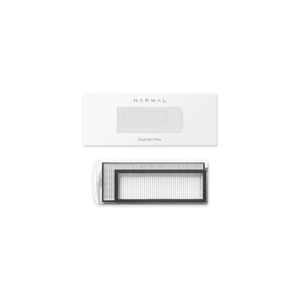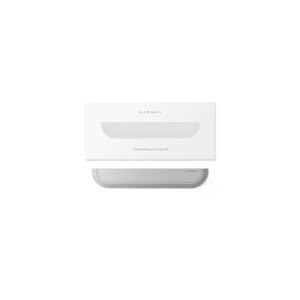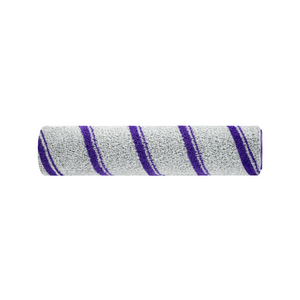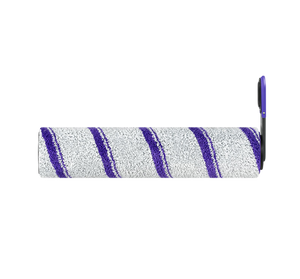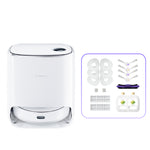Yes, if you value convenience, reduced maintenance, and a cleaner home—especially if you have pets, allergies, or a busy lifestyle.
Self-emptying robot vacuums are designed to make cleaning effortless. In this blog, we’ll explore their benefits, compare them to regular models, and help you decide if this advanced feature is right for you. Let’s dive in!
What is a Self-Emptying System?
A self-emptying system is a game-changer for robot vacuums, designed to make cleaning even more hands-off. Here’s how it works:
When a robot vacuum cleans, it collects dirt and debris in a small internal dustbin. Without a self-emptying system, you’d need to empty this dustbin every few cleaning cycles—sometimes daily if you have pets or a large home.
A self-emptying system solves this problem with a docking station that does two things:
-
Charges the Robot: Like a regular dock, it keeps your robot powered up and ready to clean.
-
Empties the Dustbin Automatically: After each cleaning session, the dock uses powerful suction to pull dirt and debris from the robot’s dustbin into a larger, sealed bag inside the station.
Think of it like a traditional vacuum cleaner bag—but smarter. Instead of emptying the robot’s tiny dustbin every few days, you only need to replace or empty the base station’s bag every 30 to 60 days, depending on usage.
What Are the Benefits of Self-Emptying Robot Vacuums?
Self-emptying robot vacuums provide convenience and time-saving, improved hygiene, continuous cleaning, and reduced maintenance.
Convenience and Time-Saving
One of the biggest benefits of self-emptying robot vacuums is the convenience they offer. These vacuums significantly reduce the need for manual emptying tasks. For busy households or individuals with mobility issues, this feature can be a game-changer. Instead of emptying the dustbin after each cleaning session, the vacuum empties itself into a larger bin at the docking station, which you may only need to empty once a month or even less frequently.
Improved Hygiene
Self-emptying robot vacuums help improve hygiene by reducing your exposure to dust and allergens. When you empty a regular vacuum's dustbin, dust and allergens can become airborne, which is not ideal for allergy sufferers. With a self-emptying model, the process is much cleaner and more contained. The larger dustbin capacity also means the vacuum can collect more debris before needing to be emptied, enhancing overall cleanliness and air quality in your home.
Continuous Cleaning
These vacuums maintain suction power and cleaning efficiency by automatically emptying their dustbins. This means the vacuum can continue cleaning without interruption, as it won't get bogged down by a full dustbin. The result is more consistent cleaning performance and less need for you to intervene during cleaning cycles. You can set it and forget it, knowing your floors will be clean when you return.
Reduced maintenance
Self-emptying robot vacuums require less frequent maintenance compared to regular models. While you still need to perform occasional tasks like cleaning the brushes and replacing filters, the reduced need to empty the dustbin means less overall maintenance. This can save you time and effort in the long run, making these vacuums an excellent choice for those looking to minimize their cleaning workload.
The Downsides of Self-Emptying Robot Vacuums
Self-emptying robot vacuums are incredibly convenient, but they do come with a few challenges. The Narwal Freo Z Ultra addresses these issues with innovative features, making it a standout choice. Here’s how:
Size and Space Requirements
Self-emptying bases are often bulky, requiring significant floor space. Some models need up to 19 inches of height and 12 inches of width, making them hard to tuck away.
The Narwal Freo Z Ultra solves this with a compact and sleek base station that fits seamlessly into modern home decor. Its low-profile design ensures it doesn’t take up unnecessary space, making it easy to place in tight corners or under furniture.
Noise During Self-Emptying
The self-emptying process can be loud, often reaching 70-80 decibels, which can be disruptive in quiet environments.
The Freo Z Ultra operates at just 71 decibels, significantly quieter than many competitors. Its advanced noise-reduction technology ensures the process is quick and unobtrusive, so it won’t disturb your daily activities.
Maintenance of the Base Station
Some self-emptying bases require frequent cleaning or maintenance to prevent clogs or odors.
The Freo Z Ultra’s base station features self-cleaning and drying functions, ensuring it stays hygienic and odor-free with minimal effort. Its electrolyzed water disinfection system keeps the mop pads and internal components clean, further reducing maintenance needs.
Limited Compatibility
Some self-emptying bases only work with specific robot vacuum models, limiting your options.
The Freo Z Ultra is a fully integrated system, combining vacuuming, mopping, and self-emptying into one seamless device. You don’t need to worry about compatibility issues or additional accessories.
While self-emptying robot vacuums have their downsides, the Narwal Freo Z Ultra tackles these challenges head-on with its compact design, quiet operation, cost-effective features, and low-maintenance base station. If you’re looking for a self-emptying robot vacuum that prioritizes convenience and performance, the Freo Z Ultra is a standout choice.
How About Comparing Self-Emptying and Regular Robot Vacuums?

Self-emptying and regular robot vacuums differ in performance, convenience, hygiene, and allergen control.
Performance Comparison
When it comes to cleaning efficiency and effectiveness, both self-emptying and regular robot vacuums can perform well. However, self-emptying models have an edge due to their ability to maintain consistent suction power. Regular vacuums might lose efficiency as their dustbins fill up, requiring manual emptying to restore performance. User reviews and experiences often highlight the uninterrupted cleaning power of self-emptying vacuums, which ensures thorough cleaning even in larger homes.
Convenience Factor
In terms of daily usage and convenience, self-emptying robot vacuums offer significant advantages. They automate the tedious task of emptying the dustbin, which can be especially beneficial for those with busy schedules or physical limitations. The convenience of not having to frequently empty the dustbin translates to more free time and less hassle. Regular robot vacuums, while still convenient, require more hands-on maintenance, which can interrupt your routine.
Hygiene and Allergen Control
Self-emptying robot vacuums excel in hygiene and allergen control. They minimize exposure to dust and allergens by containing the emptying process within a larger, sealed bin. This feature is particularly beneficial for allergy sufferers, as it reduces the likelihood of particles being released back into the air. Regular robot vacuums, on the other hand, can expose users to dust and allergens each time the dustbin is emptied, which can negatively impact indoor air quality.
Cost vs. Benefit: Regular vs. Self-Emptying Robot Vacuums
|
Factor |
Regular Robot Vacuum |
Self-Emptying Robot Vacuum |
|
Initial Cost |
C$402 – C$804 |
C$938 – C$2,010 (Premium C$2,680+) |
|
Consumables |
Filters & brushes (low) |
Dust bags ~C$27–67/year + filters |
|
Maintenance Effort |
Frequent emptying (every run) |
Empty dock bin every 30–60 days |
|
Hygiene |
More dust exposure |
Sealed bag reduces allergens |
|
Time Saved |
Moderate |
High – “set & forget” |
What Are the Considerations Before Buying?

When considering a self-emptying robot vacuum, it's essential to evaluate the cost, maintenance requirements, and space for the docking station.
Cost
Self-emptying robot vacuums generally come with a higher price tag compared to regular models. This increased cost reflects the advanced technology and additional features that these vacuums offer. When comparing prices, consider the long-term value of money. Although the initial investment is higher, the convenience and reduced maintenance can justify the cost over time. It's also worth looking at the cost of replacement parts and accessories, as these can add up.
Maintenance Requirements
While self-emptying robot vacuums reduce the need for frequent dustbin emptying, they still require regular maintenance to function optimally. Tasks include cleaning brushes, replacing filters, and occasionally emptying the larger dustbin at the docking station. Some models might also require software updates to maintain peak performance. Be aware of potential issues and troubleshooting steps, such as clearing blockages and ensuring the docking station remains clean.
Filter Lifespan: Most models use HEPA or high-efficiency filters that should be replaced every 2–3 months. In homes with pets or allergy sufferers, more frequent replacement may be needed to maintain strong suction and air quality.
Odor Control: A common concern with self-emptying bases is unpleasant smells when dust and pet hair sit for weeks. Premium models like the Narwal Freo Z Ultra and Narwal Flow include sterilization and self-cleaning functions that keep the station hygienic and odor-free.
Cleaning Cycle Duration: Depending on home size, a typical run lasts 60–120 minutes. Self-emptying models maintain consistent suction throughout, since the bin empties automatically into the dock. This allows them to clean large spaces without interruption.
How Often Do You Need to Intervene?
Regular Robot Vacuums: The dustbin usually needs emptying after every cleaning session, which means daily or every other day in most households.
Self-Emptying Models: The docking station’s larger bin or bag only requires attention about every 30–60 days, depending on floor size, pets, and cleaning frequency.
High-End Models like Narwal Freo Z Ultra: With its 120-day dust storage capacity and self-cleaning station, you may only need to step in three to four times a year.
Space for Docking Station
The docking station for a self-emptying robot vacuum is larger than that of a regular robot vacuum. This is because it needs to house the larger dustbin where the vacuum empties its contents. Before purchasing, ensure you have adequate space in your home for the docking station. The ideal placement is in an easily accessible area where the vacuum can return without obstacles. Consider the layout of your home and where the station will be most convenient.
Wi-Fi and Smart Features
Most modern self-emptying robot vacuums require a Wi-Fi connection to unlock their full potential. Wi-Fi enables features like real-time mapping, remote control through mobile apps, and firmware updates that optimize cleaning performance. If you prefer a more hands-off, automated experience, stable Wi-Fi coverage at the docking station location is essential.
Suitability for Pet Owners
Pet hair, dander, and daily messes can overwhelm traditional robot vacuums. Self-emptying models are particularly beneficial for pet households because they minimize exposure to allergens and prevent frequent manual emptying. Advanced models like Narwal Flow feature tangle-free brush systems and large-capacity docks, making them ideal for families with cats, dogs, or multiple pets.
Are There Any Recommended Self-Emptying Robot Vacuums?

Yes. Several top-rated self-emptying robot vacuums stand out in today’s market. Models like the iRobot Roomba s9+ and the Shark AI Ultra are often mentioned for their strong suction and reliable self-emptying bases. However, these options can be bulky, noisy, and come with recurring bag replacement costs.
Narwal takes a more advanced approach. The Freo Z Ultra offers a compact docking station, quieter operation at just 71dB, and built-in mop cleaning with electrolyzed water disinfection. This reduces maintenance and makes it ideal for households with pets or allergy concerns.
[cta:narwal-freo-z-ultra-robot-vacuum-mop]
For those who want the most cutting-edge option, the Narwal Flow is designed as a truly all-in-one solution. With FlowWash real-time mop self-cleaning, CarpetFocus deep carpet technology, 22,000Pa suction power, and a 120-day dust storage base, it redefines what “self-emptying” means. It’s quieter than most models (as low as 39dB), supports “Hey Nawa” voice control, and minimizes human intervention to just a few times per year.
[cta:flow-robot-vacuum-and-mop]
Self-Emptying Robot Vacuum Comparison
|
Model |
Key Features |
Pros |
Cons |
|
iRobot Roomba s9+ |
Strong suction, automatic dirt disposal |
Trusted brand, excellent carpet cleaning |
Bulky dock, noisy emptying, ongoing bag costs |
|
Shark AI Ultra |
Self-emptying base, AI laser navigation |
Affordable vs. competitors, solid performance |
Louder operation, more frequent maintenance |
|
Narwal Freo Z Ultra |
Compact base, mop washing with hot water & disinfection |
Quieter (71dB), low-maintenance, allergy-friendly |
Premium price, requires more space than non-self-emptying models |
|
Narwal Flow |
FlowWash real-time mop cleaning, CarpetFocus tech, 22,000Pa suction, 120-day dust storage |
Ultra-quiet (39dB), tangle-free, “Hey Nawa” voice control, minimal human intervention |
Higher upfront cost, advanced features may exceed casual needs |
If you want proven options, the Roomba s9+ and Shark AI Ultra remain reliable. But Narwal’s Freo Z Ultra and Flow take convenience further — solving noise, hygiene, and maintenance issues, and offering next-level automation.
FAQs
Are self-emptying robot vacuums worth the money?
Yes, self-emptying robot vacuums are worth the money for those who prioritize convenience and improved hygiene. They reduce the frequency of manual emptying, maintain consistent cleaning performance, and minimize exposure to dust and allergens, making them a valuable investment for many households.
Do I need a regular vacuum if I have a robot vacuum?
While robot vacuums are excellent for daily maintenance and keeping floors clean, having a regular vacuum is still useful for deep cleaning tasks, cleaning upholstery, stairs, and other areas that a robot vacuum might miss.
How many years do robot vacuums last?
Robot vacuums typically last between 3 to 5 years, depending on the brand, model, and how well they are maintained. Regular maintenance along with appropriate care can help extend the life of your robot vacuum.
Do robot vacuums know not to go downstairs?
Yes. Most modern robot vacuums are equipped with cliff or drop sensors that detect stairs and ledges. This prevents falls and protects the device from damage. However, it’s still recommended to monitor initial runs in multi-level homes.
Do self-emptying robot vacuums smell over time?
If not maintained, dust and pet hair stored in the docking station can create odors. Advanced models like the Narwal Freo Z Ultra and Narwal Flow include sterilization and deodorizing features that keep the base fresh and hygienic.
How long does it take to clean an average home?
Depending on layout and square footage, most robot vacuums take 60–120 minutes to finish a cleaning cycle. Self-emptying models maintain consistent suction, so they can handle longer sessions without interruption.
Upgrade Your Cleaning Routine with Narwal
Self-emptying robot vacuums are more than a luxury — they free you from daily dustbin emptying, reduce exposure to allergens, and keep cleaning consistent. For busy families, pet owners, and anyone who values a healthier home, this convenience makes a real difference.
With the Narwal Freo Z Ultra and the all-new Narwal Flow, you’ll experience next-level automation: compact docking stations, whisper-quiet self-emptying, and advanced self-cleaning that means you only step in a few times per year.
Choose Narwal and enjoy a smarter, truly hands-free way to keep your home spotless.











